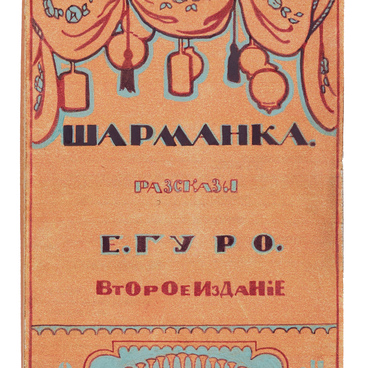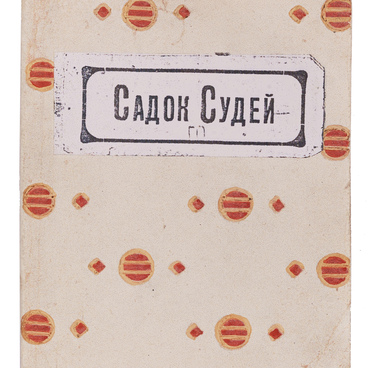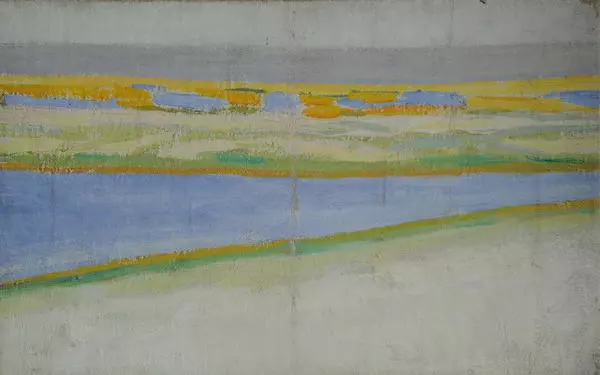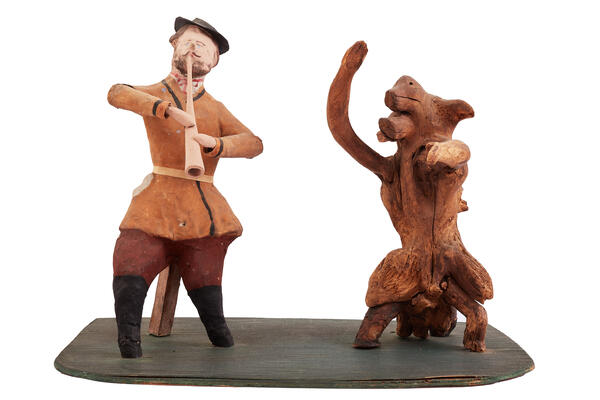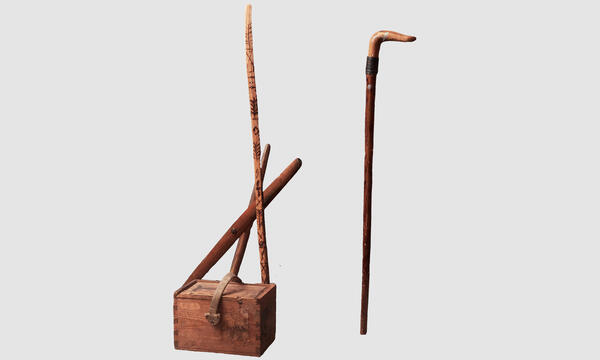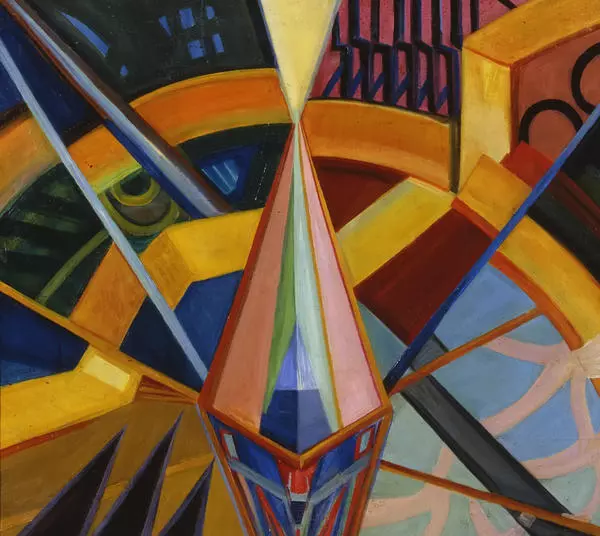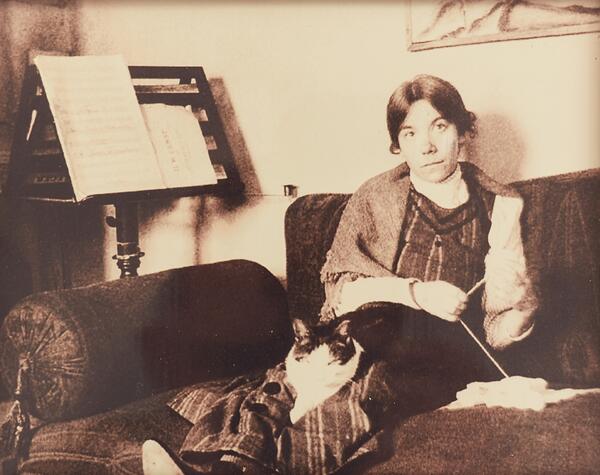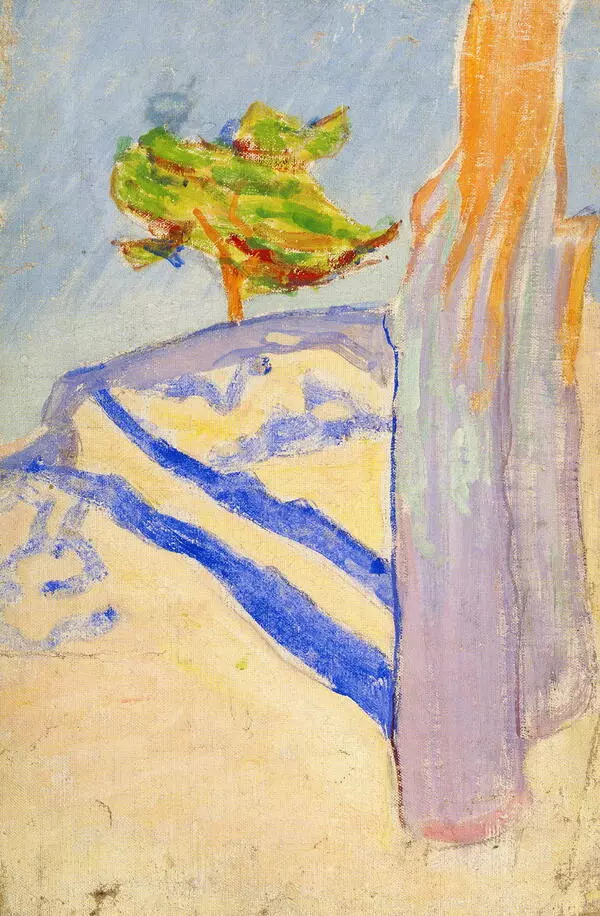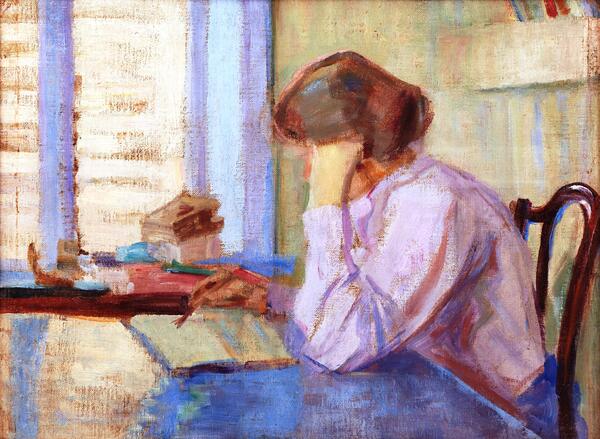The collection of the State Museum of the History of Saint Petersburg contains five landscapes that Mikhail Vasilyevich Matyushin painted during his trip to Gagra. This was the Impressionist period in his art.
The landscape “Poplar” is distinguished by the peculiar manner of painting with separate unidirectional brushstrokes with canvas showing between them. This work most likely demonstrates Matyushin’s short-lived, yet quite natural for an Impressionist, interest in experimenting with texture. In his autobiography, Mikhail Matyushin noted that his life from 1905 to 1914 was dedicated to “the search for color and light in studies from life, predominantly in landscapes.”
Impressionists discovered new laws of color combinations in painting, which made it possible to capture the beauty of color the way it was observed in nature. They concluded that painting outdoors was the main creative practice for artists. Having mastered Impressionist techniques, Mikhail Matyushin, as his student Maria Vladimirovna Ender said, “never copied a single ‘Frenchman.’”
In his autobiography, Mikhail Matyushin repeatedly juxtaposed his unique creative approach to that of Impressionists. “Guro and I were Impressionists, but each in our own way. We were guided not by the irrelative beauty of tones and colors, but by life itself, by the movement of everything in sight; I did not agree with the French painters Monet and Sisley. For them, nature was just a backdrop for showing the shine of light and color and night scenes; while it is true that they were serious researchers, they always regarded the phenomenon separately from life as a whole.”
In this excerpt, Matyushin provided mostly the same thought but added some other details, which revealed the goals and objectives of his later creations: “Impressionism deeply expressed the influence of light and the vibration of movements. But the Impressionists, Cloisonnists, Pointillists <…> were too much invested in searching for the best method of conveying vibrations of light, and therefore could not see or feel the life and its power and the structure of each object in all its volume and movements in connection with the whole world.”
